Industrial or commercial HEPA air scrubbers are robust units engineered for demanding environments such as manufacturing facilities, construction sites, and industrial settings. These powerful air scrubbers are designed to handle higher airflow rates (CFM), making them capable of purifying larger spaces. Many industrial air scrubbers come equipped with additional filters, like activated carbon, to effectively remove odors and fumes, providing a comprehensive air-cleaning solution
Air Scrubber
An air scrubber is a device used to improve indoor air quality by removing particles, gases, and other contaminants from the air. These devices typically utilize various filtration technologies, such as HEPA filters, activated carbon filters, and UV-C light, to capture and neutralize airborne pollutants. Air scrubbers are commonly used in commercial and industrial settings, as well as in residential environments, to address issues such as dust, pollen, mold spores, odors, smoke, and volatile organic compounds (VOCs). By continuously circulating and cleaning the air, air scrubbers help create a healthier and more comfortable indoor environment for occupants. They are particularly beneficial in spaces where ventilation may be limited or where there are specific air quality concerns, such as during construction or renovation projects, after water damage, or in areas prone to airborne allergens or contaminants.
Optimizing air quality in commercial environments, especially with HEPA (High-Efficiency Particulate Air) air scrubbers, is crucial for ensuring a healthy and productive indoor space. Here’s a comprehensive guide on integrating HEPA air scrubbers into commercial settings:
- Understand HEPA Technology: HEPA filters are highly efficient at capturing airborne particles, including dust, pollen, mold spores, bacteria, and viruses. They are capable of removing particles as small as 0.3 microns with an efficiency of 99.97%.
- Assess Air Quality: Conduct a thorough assessment of the commercial space to identify specific air quality concerns. This may include pollutant sources, ventilation effectiveness, and occupancy patterns.
- Determine Appropriate Size and Placement: Select HEPA air scrubbers based on the size of the commercial space and the volume of air that needs to be treated. Place the units strategically to ensure optimal airflow and coverage.
- Consider Portable vs. Fixed Units: Portable HEPA air scrubbers offer flexibility in targeting specific areas or addressing temporary air quality issues. Fixed units are ideal for continuous air purification in larger spaces or areas with persistent pollutants.
- Integrate with HVAC Systems: Coordinate HEPA air scrubbers with existing HVAC systems to enhance overall air quality throughout the building. This may involve installing HEPA filters in HVAC units or incorporating standalone air scrubbers into ventilation ducts.
- Implement Regular Maintenance: Establish a maintenance schedule to ensure that HEPA filters are replaced or cleaned regularly. Dirty filters can reduce efficiency and compromise air quality.
- Monitor Air Quality Metrics: Utilize air quality monitors to continuously assess particulate levels and the effectiveness of HEPA filtration. This data can inform adjustments to airflow rates or the placement of air scrubbers.
- Educate Occupants: Educate employees and building occupants about the importance of indoor air quality and the role of HEPA air scrubbers in maintaining a healthy environment. Encourage practices such as proper ventilation and minimizing pollutant sources.
- Comply with Regulations: Familiarize yourself with local regulations and guidelines related to indoor air quality standards. Ensure that HEPA air scrubbers meet or exceed regulatory requirements.
- Evaluate Cost-Effectiveness: Conduct a cost-benefit analysis to determine the long-term value of investing in HEPA air scrubbers. Consider factors such as energy consumption, maintenance expenses, and potential health benefits for occupants.
By following these steps, commercial establishments can effectively optimize air quality using HEPA air scrubbers, creating a safer and more comfortable indoor environment for occupants.
What does an air scrubber do?
An air scrubber is a device designed to improve indoor air quality by removing various airborne contaminants and pollutants from the air. It works by drawing in air from the surrounding environment and passing it through one or more filtration systems, where particles, gases, and odors are captured or neutralized. The specific mechanisms used to clean the air can vary depending on the type of air scrubber and the filtration technologies it employs.
Common components of air scrubbers include:
- Filters: Air scrubbers typically contain one or more filters designed to capture particles of different sizes. HEPA (High-Efficiency Particulate Air) filters are often used to capture fine particles like dust, pollen, mold spores, and pet dander. Activated carbon filters can adsorb gases, odors, and volatile organic compounds (VOCs), while UV-C light can kill bacteria, viruses, and other microorganisms.
- Fan or Blower: A fan or blower is used to draw air into the air scrubber and push it through the filtration system. This creates airflow that facilitates the removal of contaminants from the air.
- Filtration Technologies: Depending on the specific needs of the environment, air scrubbers may utilize a combination of filtration technologies to effectively clean the air. Some models may also incorporate additional features such as ionization, electrostatic precipitation, or photocatalytic oxidation to enhance air purification.
Overall, the primary function of an air scrubber is to cleanse the air of pollutants, allergens, and odors, thereby improving indoor air quality and creating a healthier and more comfortable indoor environment for occupants. They are commonly used in various settings, including commercial buildings, industrial facilities, construction sites, healthcare facilities, and residential homes, to address specific air quality concerns and promote better respiratory health.
Air Scrubber By Price
The price of air scrubbers can vary widely depending on factors such as size, capacity, features, and brand. Here's a general overview of air scrubbers categorized by price range:
-
Budget-Friendly (Under $500):
- Portable air scrubbers with basic filtration capabilities.
- Suitable for small spaces or occasional use.
- May have limited features and lower filtration efficiency compared to higher-priced models.
- You can choose our budget-friendly air scrubber product here:https://www.abestorm.com/products/abestorm-filteair-hepa-550-air-scrubber-2
-
Mid-Range ($500 - $1,500):
- More versatile portable air scrubbers with better filtration capabilities.
- Suitable for medium-sized commercial spaces or residential use.
- Often feature multiple filtration stages, including HEPA filters and activated carbon filters.
- May include additional features such as variable fan speeds, timer settings, and filter change indicators.
- You can choose our mid-range air scrubber product here:https://www.abestorm.com/products/filteair-hepa-s2-air-scrubber
-
Premium ($1,500 and above):
- High-capacity air scrubbers are designed for large commercial or industrial spaces.
- Offer advanced filtration technologies, including HEPA filters, activated carbon filters, and UV-C light sterilization.
- Built for continuous operation and heavy-duty use.
- Include features such as multiple fan speeds, digital controls, remote monitoring, and customizable filtration options.
- Often backed by longer warranties and superior build quality.
- You can choose our premium air scrubber product here:https://www.abestorm.com/products/abestorm-2000-cfm-commercial-air-scrubber-decdust-v2-pro
Keep in mind that while budget-friendly air scrubbers may have a lower upfront cost, they may also have higher long-term operating costs due to factors such as filter replacement frequency and energy efficiency. It's essential to consider both the initial purchase price and ongoing maintenance expenses when evaluating the overall value of an air scrubber. Additionally, factors such as filtration efficiency, airflow capacity, noise levels, and certification (e.g., AHAM, Energy Star) should also be taken into account when selecting an air scrubber that meets your specific needs and budget.
Commercial Air Filters
Commercial air filters are essential components of HVAC systems in various business settings, including offices, hospitals, schools, and manufacturing facilities. These filters work tirelessly to remove airborne contaminants such as dust, pollen, mold spores, bacteria, and viruses, thereby enhancing indoor air quality and creating a healthier environment for employees, customers, and visitors. With options ranging from HEPA filters for ultra-fine particle capture to activated carbon filters for odor and gas removal, businesses can tailor their filtration systems to meet specific air quality needs. Regular maintenance and replacement of commercial air filters are crucial to ensure optimal performance and compliance with indoor air quality standards. By investing in high-quality air filtration solutions and prioritizing maintenance, businesses can reap the benefits of cleaner indoor air, improved occupant health, and enhanced comfort and productivity.
Abestorm Air Filters
Commercial HEPA Filter Replacement can reduce airborne allergens such as mites, mold spores, pet dander, smoke, and dust. Abestorm Commercial Air Filters feature a robust compatibility range that will afford owners several options when it comes to installation. Periodically replacing your commercial air filters can help in the removal process of common airborne contaminants and debris in your surrounding area. Replacing your commercial air filters also helps you avoid putting unnecessary wear and tear on your commercial air cleaner by following filter recommendations.
Conclusion,
Air scrubbers represent a crucial tool in the ongoing battle against air pollution. These air purification systems utilize various methods, including moisture, cooling, and filtration, to effectively remove particulate matter and contaminants from the air. The rapid growth and adoption of air scrubbers in recent years underscore their importance in improving indoor and outdoor air quality across a wide range of industries. As technology advances, air scrubber manufacturers continue to refine their products to target specific pollutants and toxic substances, enhancing their effectiveness and versatility. Ultimately, the most significant benefit of air scrubbers lies in their ability to cleanse the air of harmful materials, promoting healthier environments for both humans and ecosystems alike. With ongoing innovation and investment in air scrubber technology, we can look forward to further progress in combating air pollution and safeguarding public health and well-being.



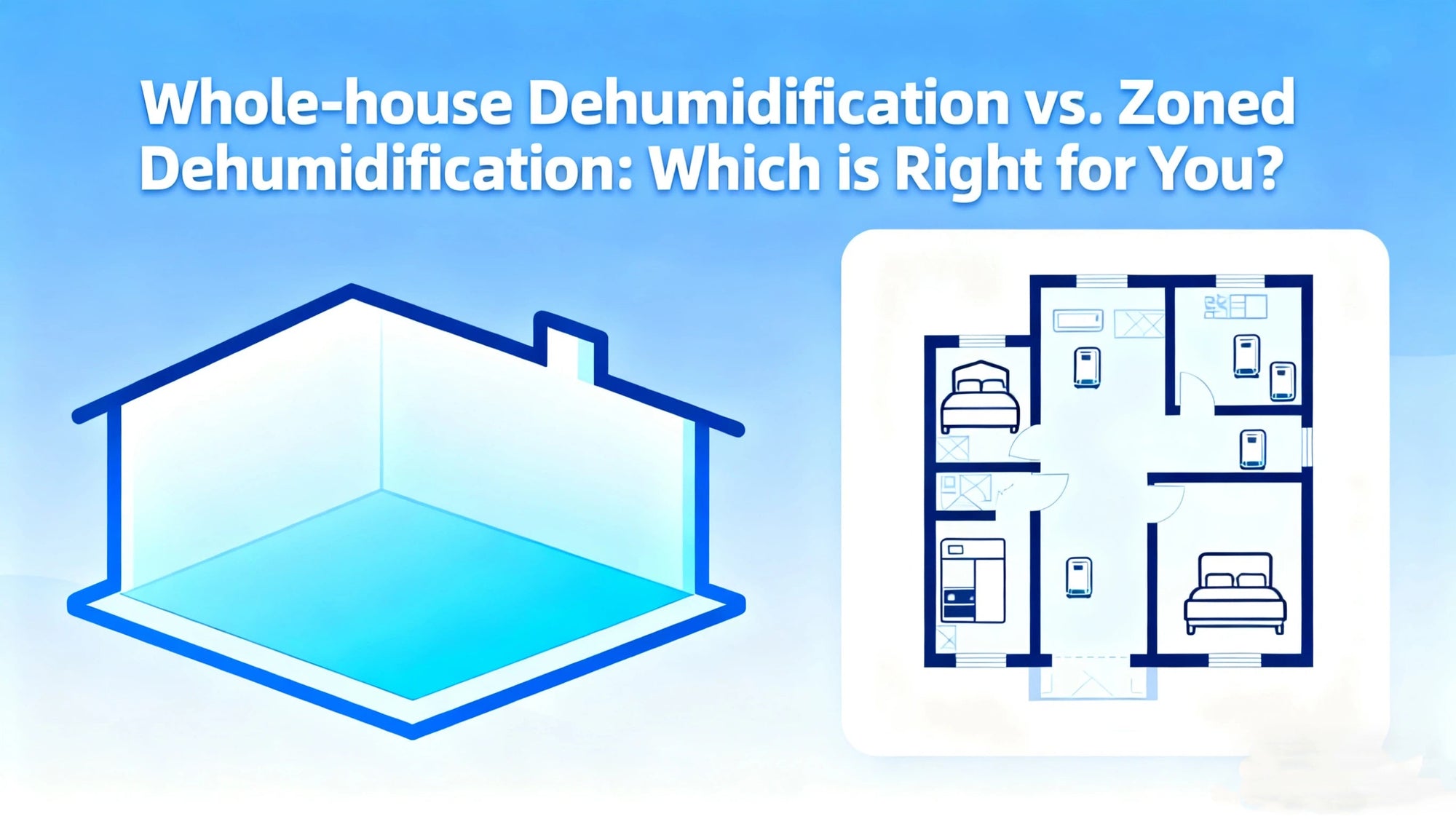
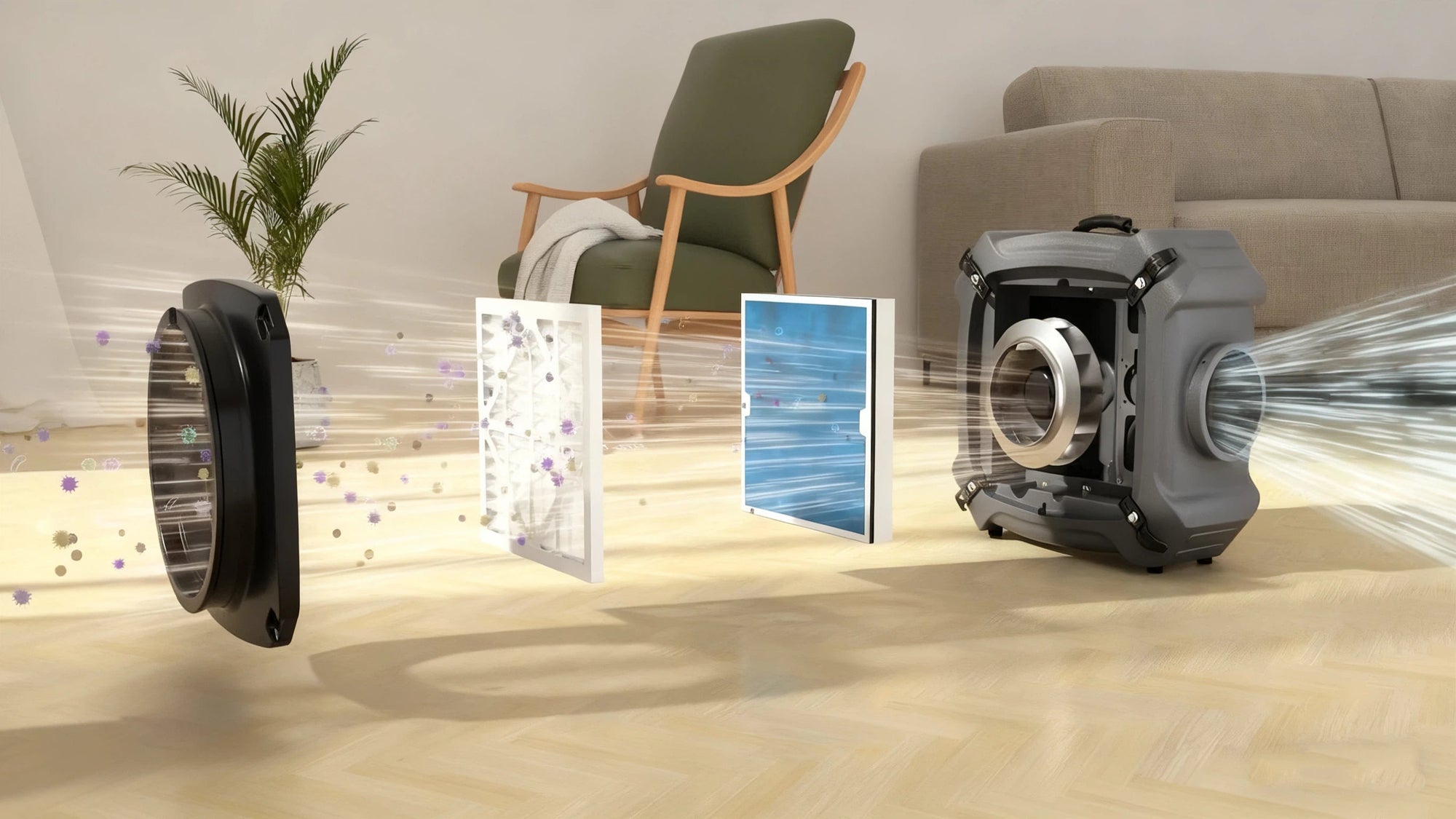
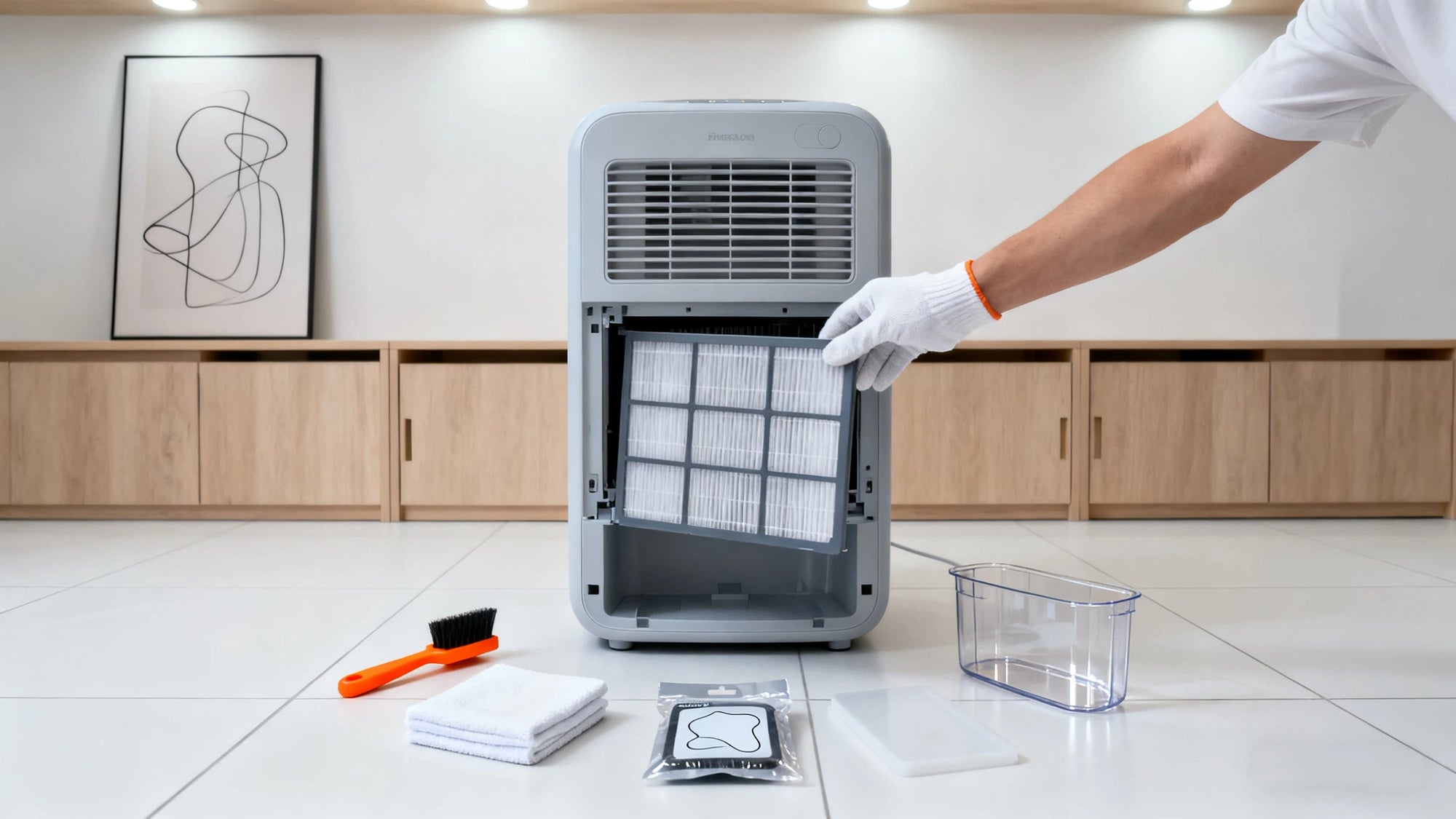
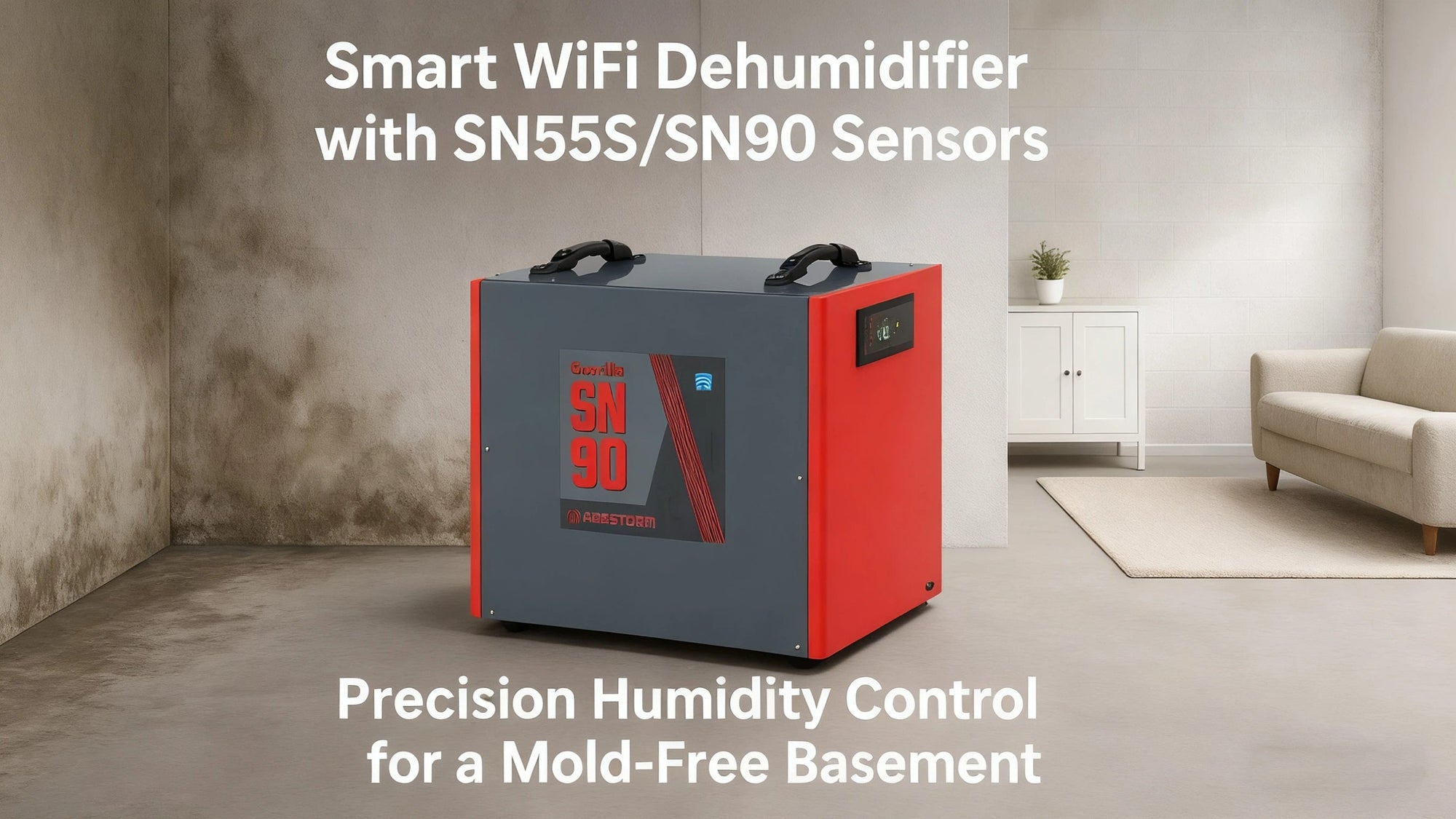
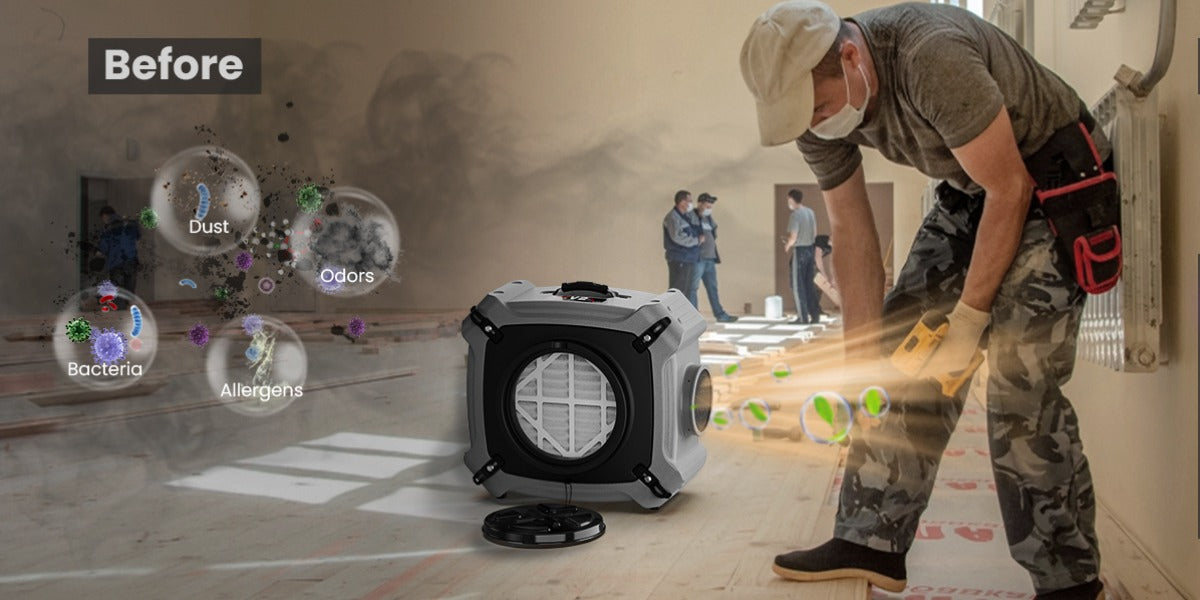
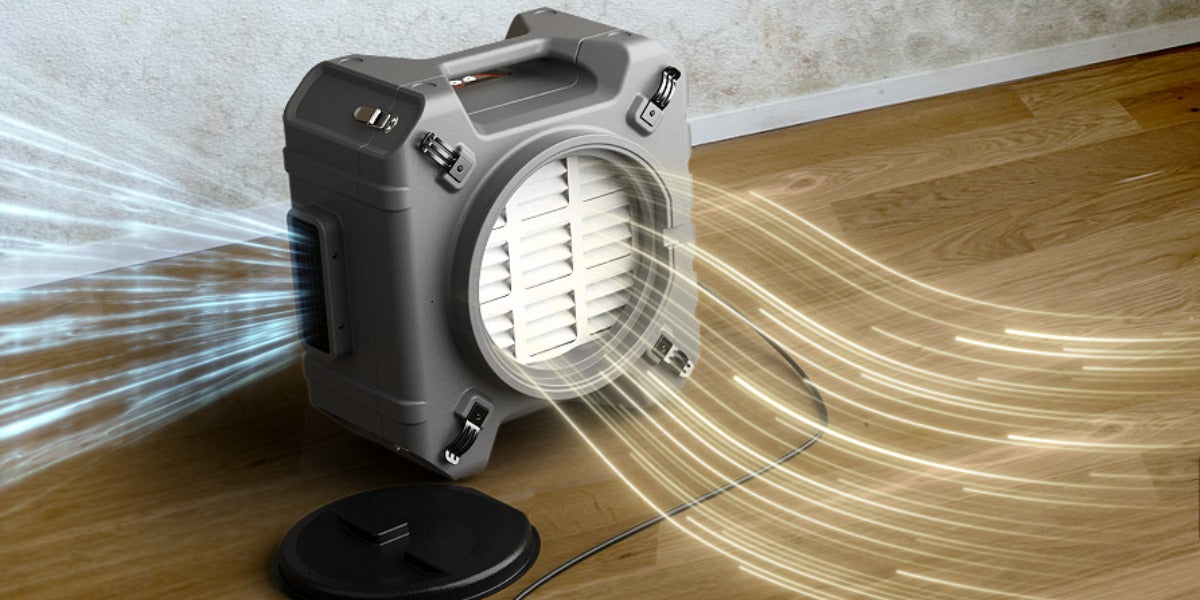
Shop For Dehumidifier
Abestorm 170 PPD 2,100 Sq.Ft Commercial Dehumidifier with Pump and Drain Hose | Hurricane 800
Abestorm 180 PPD 2,300 Sq.Ft Commercial Dehumidifier with Pump and Drain Hose | Hurricane LGR85
Abestorm 180 PPD 2,300 Sq.Ft Smart WIFI Commercial Dehumidifier with Pump and Drain Hose | Hurricane LGR85-Grey (wifi app not available now)
Abestorm 264 PPD 3,000 Sq.Ft Commercial Dehumidifier with Pump and Drain Hose | Hurricane 125P